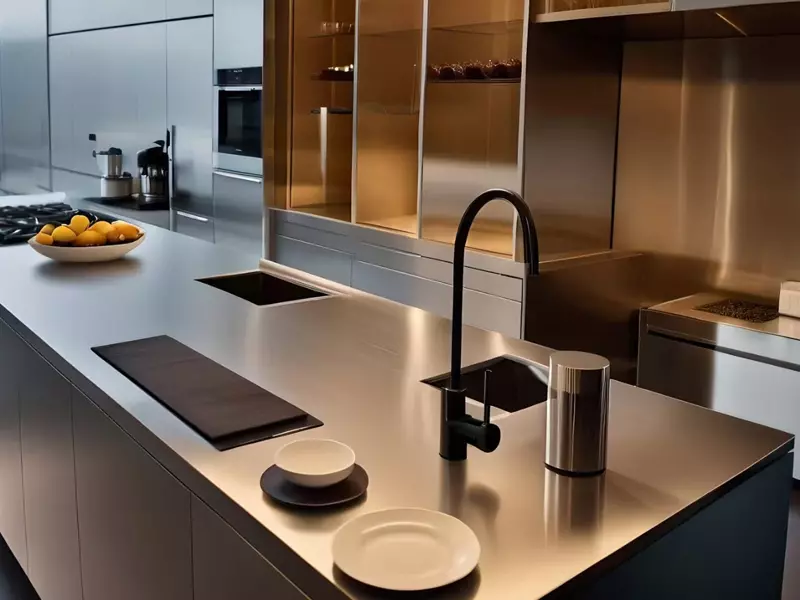From single item to complete set: How to reconstruct the environmental home industry chain in five years
The home customization industry is undergoing a radical transformation, shifting from individual product offerings to comprehensive, eco-friendly solutions. In just five years, businesses can reconstruct the environmental home industry chain by adopting innovative strategies, leveraging technology, and prioritizing sustainability. Here’s how.
The Evolution of Home Customization
Traditionally, the home industry focused on single-item sales—furniture, flooring, or appliances—without considering the broader environmental impact. Today, consumers demand home customization that aligns with sustainability, efficiency, and seamless integration. To meet these expectations, businesses must rethink their supply chains, production methods, and design philosophies.

Key Steps to Reconstruct the Industry Chain
1. Embrace Circular Economy Principles
Moving from a linear to a circular model ensures materials are reused, recycled, or repurposed. Companies should:
- Source sustainable raw materials (e.g., FSC-certified wood, recycled metals).
- Design products for longevity and easy disassembly.
- Implement take-back programs for used items.
2. Integrate Smart Technology
Smart homes are no longer a luxury but a necessity. Incorporate IoT-enabled devices that optimize energy usage, automate lighting, and monitor indoor air quality. This enhances both convenience and sustainability.
3. Strengthen Collaboration Across the Supply Chain
Partner with eco-conscious suppliers, manufacturers, and logistics providers to minimize waste and carbon footprints. Transparent collaboration ensures every step—from sourcing to delivery—supports environmental goals.
4. Focus on Customized, Modular Designs
Modular furniture and adaptable layouts reduce waste and allow for easy upgrades. Offer home customization options that cater to evolving consumer needs while minimizing excess production.
5. Educate Consumers on Sustainable Living
Brands should actively promote the benefits of eco-friendly homes through content marketing, workshops, and certifications (e.g., LEED, Energy Star). Informed customers are more likely to invest in sustainable solutions.
The Future of the Environmental Home Industry
By 2028, the industry could achieve a fully integrated, sustainable ecosystem where products are designed, produced, and disposed of responsibly. Companies that adopt these strategies early will lead the market, attracting environmentally conscious buyers and securing long-term growth.
Reconstructing the home industry chain in five years is ambitious but achievable. By prioritizing sustainability, innovation, and collaboration, businesses can transform from single-item providers to champions of the environmental home revolution.
